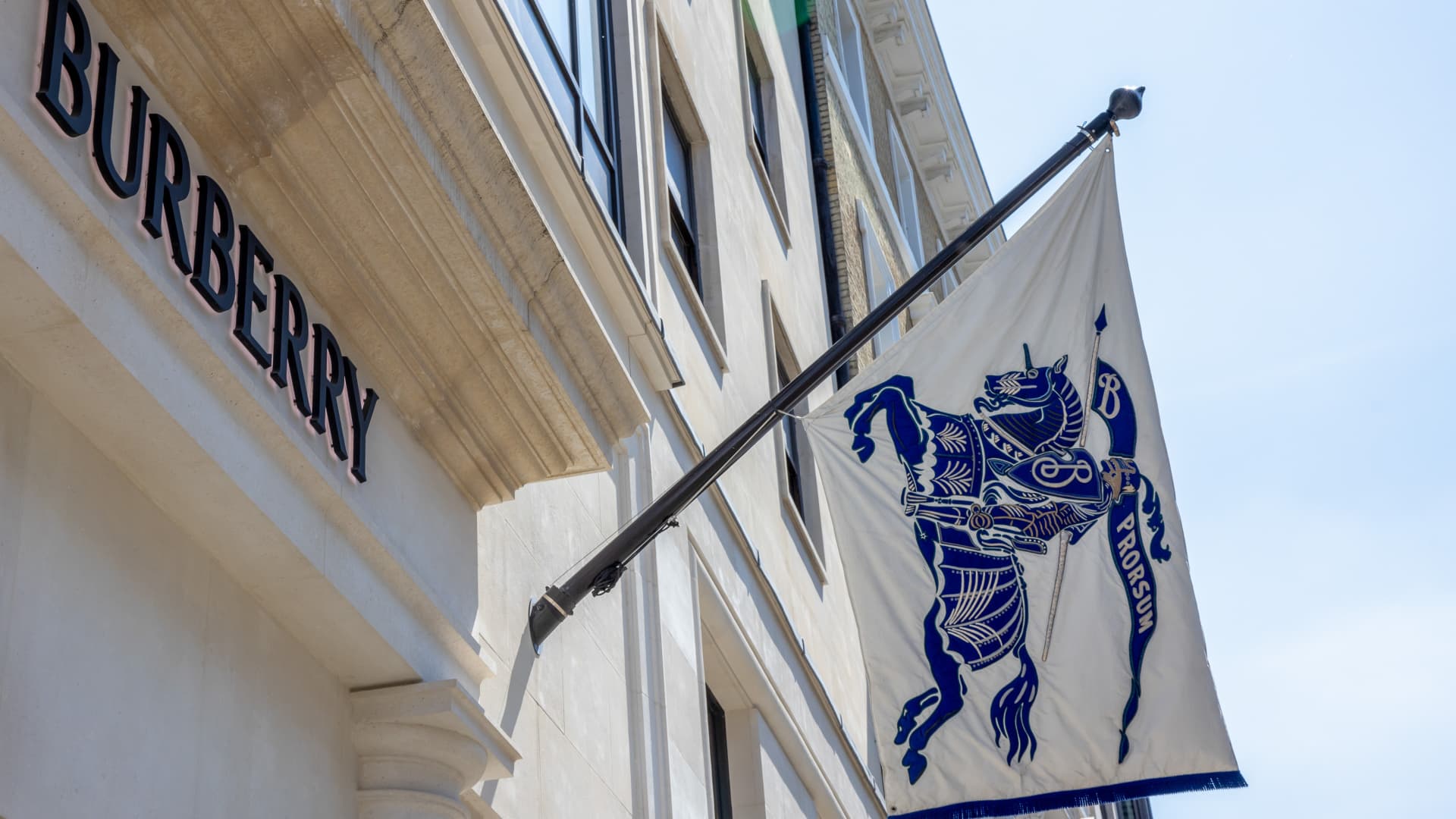The State of Luxury Fashion
In the ever-evolving landscape of luxury fashion, two titans, Gucci and Burberry, are grappling with significant challenges. Both brands have experienced declines in sales, albeit for different reasons, and are implementing various strategies to steer their fortunes back on track. This analysis delves into the current state of these iconic brands, the market dynamics at play, and the strategic initiatives they are undertaking to secure their future.
Gucci: Navigating a Sales Decline
Gucci, the French luxury brand, has encountered a notable downturn in sales. Recent reports indicate that Gucci’s sales plummeted by 24% during the October-December period, contributing to an overall 12% drop in sales for the group. This substantial decrease underscores the hurdles Gucci faces in sustaining its market position and captivating its customer base. The brand, known for its bold and innovative designs, must now confront the reality of a shifting luxury market where consumer preferences and behaviors are evolving rapidly.
Burberry: Charting a Course for Recovery
Burberry, too, has been battling sales declines, but the brand is proactively addressing the issue. Under the leadership of its new CEO, Joshua Schulman, Burberry has unveiled a series of organizational changes and a strategic turnaround plan dubbed “Burberry Forward.” This plan is centered on revitalizing the brand’s core strengths, particularly in outerwear, and diversifying its pricing structure to appeal to a broader audience. The initiative aims to leverage Burberry’s rich heritage while fostering innovation, positioning the brand for a successful recovery.
Market Dynamics and Shifting Consumer Behavior
The luxury market is experiencing a slowdown, with global luxury sales dropping by 1% to €1.48 trillion in 2024. This decline is mirrored in the performance of both Gucci and Burberry, reflecting broader market trends that are impacting luxury brands worldwide. Consumer behavior is undergoing a transformation, with an increasing emphasis on value for money and sustainability. Luxury brands are finding it challenging to adapt to these new priorities, as traditional models of exclusivity and high pricing are being questioned.
Strategic Initiatives and Turnaround Plans
Burberry’s “Burberry Forward” plan is a comprehensive strategy designed to revitalize the brand. The plan encompasses a renewed focus on outerwear, a more diversified pricing structure, and a commitment to the brand’s heritage and innovation. To streamline operations and enhance profitability, Burberry has also implemented cost-cutting measures, including a £40 million program. Recent campaigns, such as “It’s Always Burberry Weather” and “Wrapped in Burberry,” have resonated with luxury consumers, boosting the brand’s desirability and reinforcing its strength in outerwear and scarves.
Market Response and Investor Sentiment
Despite the challenges, there are encouraging signs of stabilization in consumer demand, particularly in key markets like China and the United States. Burberry’s shares have surged in response to better-than-expected sales figures, instilling hope among investors for a luxury market recovery. The brand’s emphasis on core products like trench coats and scarves has been well-received, suggesting a viable path to recovery. Investors are closely watching these developments, as the success of Burberry’s turnaround plan could set a precedent for other luxury brands.
The Road Ahead
The luxury fashion industry stands at a crossroads, with brands like Gucci and Burberry facing significant obstacles. However, Burberry’s proactive measures, including its strategic turnaround plan and cost-cutting initiatives, offer a beacon of hope. By focusing on heritage, innovation, and core strengths, and adopting a diversified pricing structure, Burberry is paving the way for a successful recovery. Gucci, on the other hand, will need to adapt its strategies to address the declining sales and maintain its market position in an increasingly competitive landscape.
Conclusion: A Vision for the Future
The luxury fashion industry is undergoing a profound transformation, driven by shifting consumer behavior and market dynamics. Brands like Gucci and Burberry are at the forefront of this change, implementing strategic initiatives to navigate the challenges and position themselves for future growth. While the path ahead is uncertain, the proactive steps taken by these brands offer a glimpse into a future where heritage, innovation, and adaptability will be crucial to success. The luxury market is evolving, and brands that can pivot and adapt to these changes will emerge stronger and more resilient, ready to captivate a new generation of consumers.

